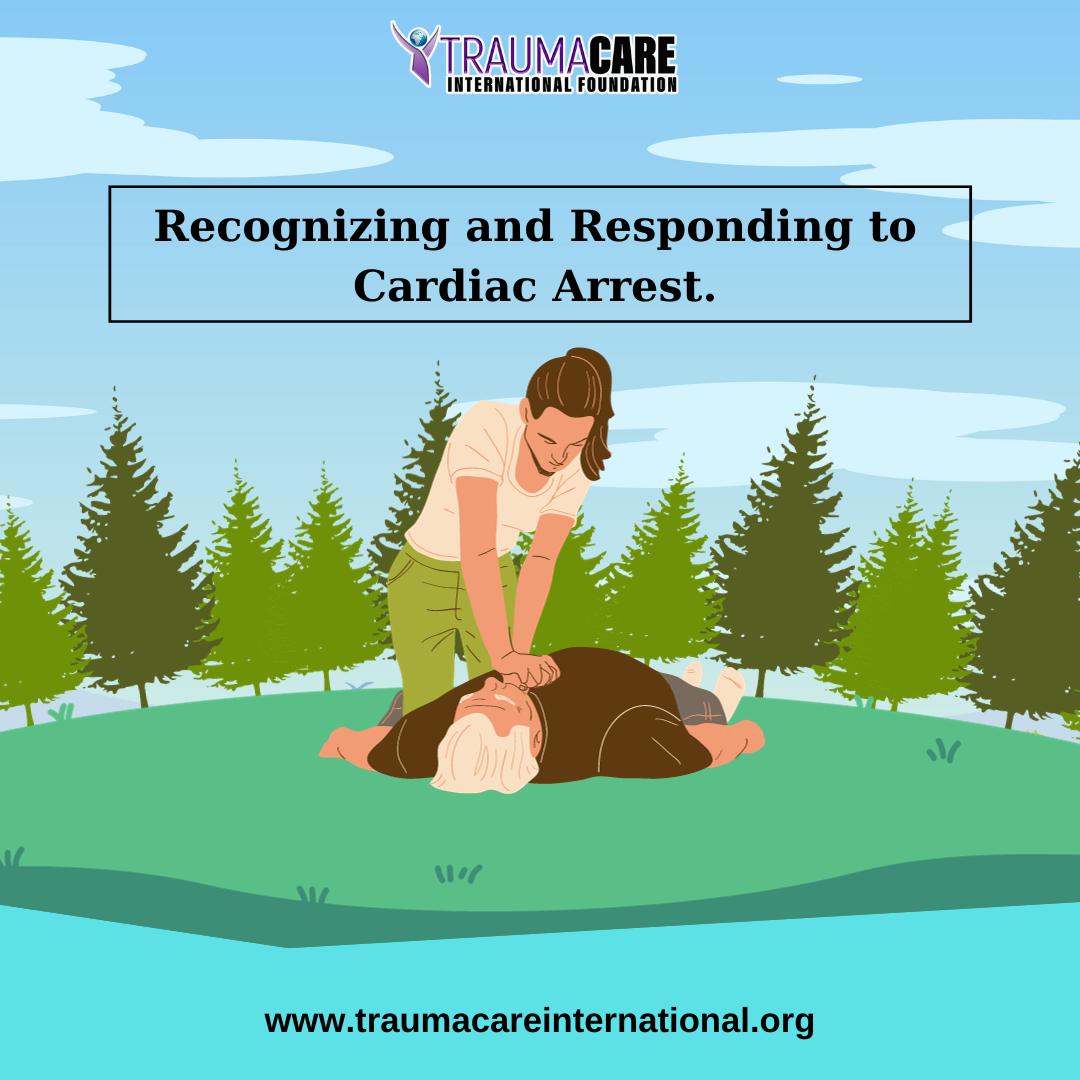Cardiac arrest is a life-threatening condition that requires immediate attention and intervention. Being able to recognize the signs and respond effectively can make all the difference in saving someone's life. In this context, we will explore the importance of recognizing cardiac arrest and provide essential guidelines on how to respond in such a critical situation.
Introduction
Imagine you're enjoying a peaceful evening when suddenly someone collapses in front of you. Their breathing becomes irregular, and they lose consciousness. What would you do? Recognizing the signs of cardiac arrest and knowing how to respond promptly can be the key to increasing the chances of survival.
Chapter 1: Understanding Cardiac Arrest
Before we delve into recognizing and responding to cardiac arrest, it's important to understand what exactly happens during this life-threatening event. Cardiac arrest occurs when the heart suddenly stops beating, leading to a disruption in blood flow to vital organs. It is often caused by an electrical problem in the heart, such as an irregular heartbeat or arrhythmia.
Chapter 2: Recognizing the Signs
Recognizing the signs of cardiac arrest is crucial for initiating immediate action. The following symptoms may indicate that someone is experiencing cardiac arrest:
- Sudden loss of responsiveness
- Absence of normal breathing or gasping for air
- No pulse or signs of circulation
If you come across someone exhibiting these symptoms, it's essential to act quickly and decisively.
Chapter 3: Responding to Cardiac Arrest
When faced with a cardiac arrest situation, every second counts. Here are the steps you should follow to respond effectively:
- Call for help: Dial emergency services immediately and provide them with accurate information about the situation.
- Begin CPR: If you are trained in cardiopulmonary resuscitation (CPR), start chest compressions at a rate of 100-120 compressions per minute. Ensure the chest compressions are deep and allow for full recoil.
- Use an Automated External Defibrillator (AED): If an AED is available, follow the instructions provided. Apply the pads to the person's chest as directed, and allow the AED to analyze the heart rhythm. If a shock is advised, ensure everyone is clear before delivering the shock.
- Continue CPR: Alternate between chest compressions and rescue breaths until medical professionals arrive or the person shows signs of recovery.
Conclusion
Recognizing and responding to cardiac arrest can be a matter of life or death. By understanding the signs and taking immediate action, you can significantly increase the chances of survival for someone experiencing cardiac arrest. Remember, calling for help, performing CPR, and utilizing an AED are critical steps that can make a difference in saving a life.
In summary, being prepared and educated about cardiac arrest can empower you to take action when it matters most. By spreading awareness and learning the necessary skills, we can all contribute to a safer and more responsive community.
Remember, it's never too late to learn CPR or refresh your knowledge. Your actions could be the difference between life and death.
Would you like to join us?
To sign up as a first responder, please visit www.traumacareinternational.org/frn
Or enroll to take the first responder course via the TCERA app today. Available on the Loveworld App store: https://web.lwappstore.com/share/appid-209842854854850
For Android Users: https://bit.ly/tceraAndroid
For IOS Users: https://bit.ly/tcera-IOS
...Every Life Counts!





What do you think?
0 Responses
To Comment, you must Sign In
Be the First to Post on this Topic